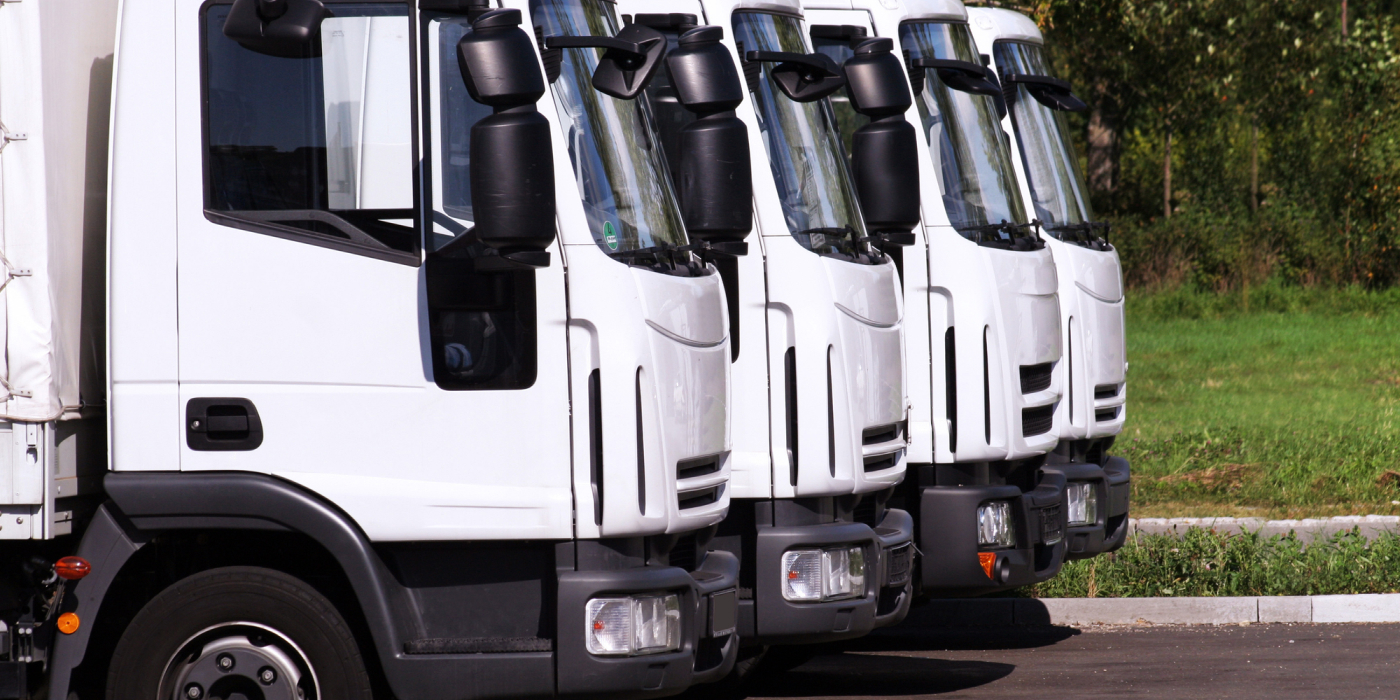Technologies Transforming Fleet Management
The fleet management industry is evolving at a rapid pace, driven by new technologies that are opening new doors for optimizing fleet operations, ensuring safety, reducing costs, and improving efficiency. For companies looking to meet increasing customer expectations and streamline operations, keeping up with these advancements is essential.
Fleet management has come a long way from manual tracking and traditional logbooks. Over 80% of fleet managers said that at least half of their fleet operations are already digitized, according to a survey conducted by HERE Technologies, Amazon Web Services, and ABI Research. Eighty-four percent of fleet managers have or are developing a digital transformation strategy for their fleet operations.
As companies continue to gravitate toward greater technology adoption across their fleet operations, here’s a look at some of the key technologies transforming the world of fleet management.
Cloud-Based Fleet Management Software
Cloud computing has made fleet management more accessible and scalable. Cloud-based solutions allow fleet managers to monitor and control operations from anywhere, using any device with an internet connection. Cloud-based platforms also allow for seamless integration with other systems such as order management and CRM software. Forty-six percent of fleet leaders use more than 10 individual tools to manage their fleet operations, according to a survey from Motive. However, 80% of leaders agree that having a single, end-to-end solution to manage physical operations would make their job easier.
Comprehensive cloud-based fleet management systems include dashboards that integrate data from various sources, offering real-time insights at a glance. Features including route optimization, automated scheduling, and expense tracking can help managers streamline fleet operations, providing managers with end-to-end fleet management. Additionally, cloud-based solutions can be easily scaled as the fleet grows, offering flexibility for expanding businesses.

Telematics Systems
Telematics devices collect data on vehicle location, speed, fuel consumption, and driver behavior. This data can be used to monitor driver behavior and proactively address maintenance needs, leading to lower operational costs. Monitoring driver behavior helps identify risky driving patterns, enabling managers to implement training programs that improve safety. Insights from telematics help in optimizing resources, maintaining vehicles proactively, and avoiding unnecessary expenses.
Companies are increasingly utilizing telematics systems to maximize vehicle utilization and increase operational efficiency. This week, Mack Trucks announced that it has reached the milestone of 200,000 Class 8 trucks equipped with its proprietary telematics gateway since 2014. The proprietary telematics gateway powers several key services including proactive diagnostic and repair planning, remote software update capabilities, and real-time visibility into vehicle location, fuel use, and safety metrics, enabling fleet managers to optimize their operations and improve productivity.
Artificial Intelligence
Artificial intelligence technologies can analyze vast amounts of data to identify patterns and make informed recommendations. AI algorithms can anticipate potential vehicle issues by analyzing historical maintenance data, reducing vehicle downtime and extending vehicle lifespan. Utilizing AI to assess risk factors can help businesses improve driver safety and mitigate potential issues before they escalate.
According to the National Safety Council, drivers are three times more likely to be involved in a crash if they are fatigued. Samsara recently launched a new Drowsiness Detection feature for its platform. The feature uses AI models to detect signs of drowsiness in drivers, triggering real-time in-cab audio alerts and notifying managers via text or email. Managers can access reports on the Samsara Platform to analyze fatigue patterns and focus on driver coaching to improve road safety.

Autonomous Vehicles
As eCommerce continues to grow, so does the demand for fast and reliable delivery services. Businesses are increasingly incorporating autonomous vehicles into their delivery fleets in order to streamline operations and meet customer demand for faster delivery. The autonomous delivery vehicle market is projected to reach $11.5 billion by 2032, according to a report from Global Market Insights Inc. Retail and logistics companies are making autonomous vehicles a strategic priority to meet consumer expectations for same-day and next-day deliveries.
Autonomous vehicle companies are expanding their long-haul trucking capabilities, enabling faster freight deliveries. Autonomous trucking developer Gatik AI plans to scale its autonomous freight operations next year and launch driverless operations in north Texas in early 2025. The company previously rolled out its technology in Bentonville, Arkansas, in 2021 as well as the greater Toronto area in 2022, hauling commercial loads without drivers. Autonomous vehicle companies including Aurora Innovation, Kodiak Robotics and Waabi are also looking to launch driverless lanes in Texas.
The integration of these advanced technologies is transforming fleet management, making fleets faster, safer, and more efficient. Fleet managers who leverage these tools can stay ahead of industry trends, optimize their resources, and better serve their customers while minimizing costs.
For more information about how our delivery management solution can help you manage your deliveries more efficiently, please contact info@bringoz.com.
